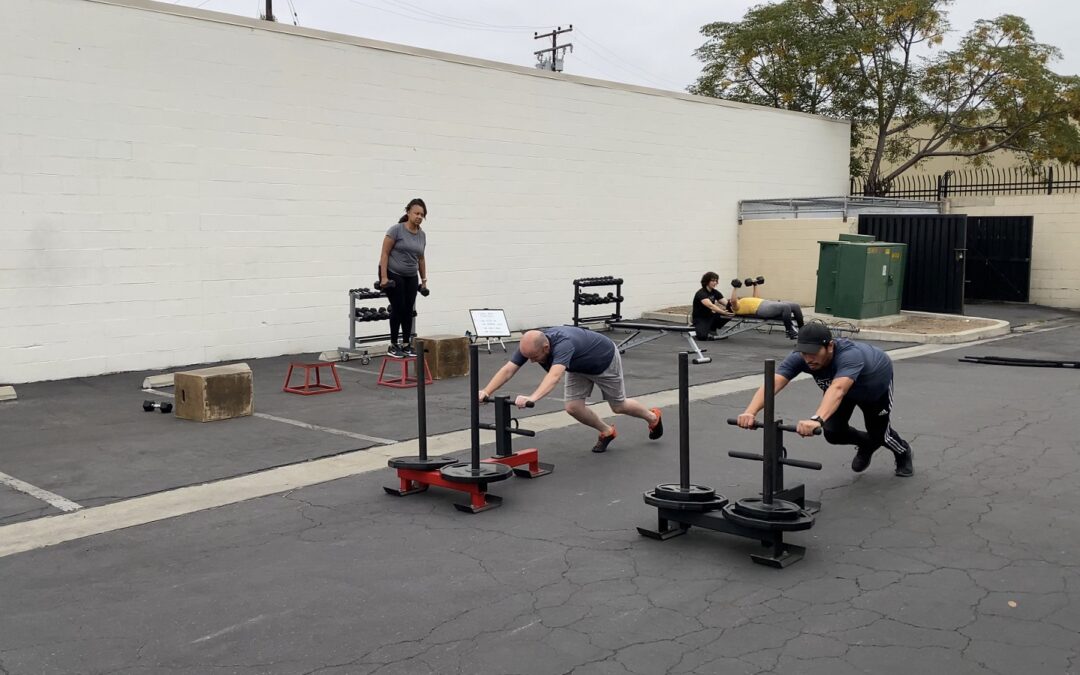3 Simple Squat Tweaks for Stronger Legs and Confidence
Want stronger legs that power you through your day—whether it’s chasing kids, tackling work, or just feeling great in your own skin? Squats are a fantastic way to build that strength, especially for women in their 30s, 40s, and 50s. Even better, a few easy tweaks can maximize muscle growth (hello, toned quads!) while keeping your joints happy. This guide shares three science-backed squat upgrades—slowing down, pausing, and going deeper—to help you feel strong, confident, and injury-free. Let’s dive in, ladies!
Slow Down the Drop: Protect and Tone
That moment when you lower into a squat? It’s called the eccentric phase, and slowing it down is a secret weapon. Picture this: a gentle 2-4 second descent. It’s easier on your knees and hips—crucial as we get into our 30s and beyond—and it works your quads and glutes harder. Science says this extra tension builds muscle, giving you that toned look without the strain. Plus, it’s a low-impact way to stay safe while still seeing results.
Pause at the Bottom: Build Strength, Not Stress
Ever tried holding a squat at its deepest point? It’s not just a challenge—it’s a smart move for strength and safety. Pausing for 1-2 seconds when your legs are bent stabilizes everything, cutting the risk of tweaks or pulls (because who has time for that?). It also fires up your muscles to push back up, boosting power for everyday stuff like climbing stairs or lifting groceries. This little pause makes you feel unstoppable—and keeps you moving forward.
Go Deeper: Sculpt Legs with Every Inch
How low can you go? Deeper squats mean stronger, more defined legs. Dropping low stretches your quads fully, and research shows this stretch sparks muscle growth—perfect for that sculpted look we all love. Worried about form? Keep your back straight and knees over toes (a quick mirror check helps!). A deeper squat isn’t just about looks—it’s about feeling capable and strong, whether you’re gardening or dancing at a wedding.
Why These Tweaks Are Perfect for You
These three upgrades—slow descents, bottom pauses, and full depth—turn squats into a leg-toning powerhouse. They maximize muscle work while protecting your body, which is huge as we juggle busy schedules and want to age gracefully. Whether you’re after stronger quads to keep up with life or a confidence boost from looking great, these tweaks deliver—safely and effectively.
Tips to Start Today
- Keep It Light: Use a lighter weight (or just your body!) to get comfy with slowing down and pausing.
- Peek at Form: Glance in a mirror or snap a quick video to nail that depth.
- Warm Up First: Stretch those hips and knees to squat low without stiffness—every mom-on-the-go needs this!
Squat Your Way to Strength
Squats aren’t just for gym buffs—they’re for women like us who want legs that feel as good as they look. Slow it down, pause it out, and go deep to build strength and confidence, all while keeping injuries off the table. Want the full scoop? Check out the video “3 Simple Squat Tweaks for Stronger Legs and Confidence”—it’s packed with visuals to make it easy. Tell us in the comments: what’s your go-to leg move, or what’s your squat goal this month?
